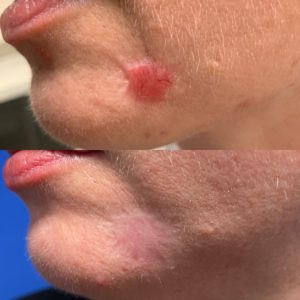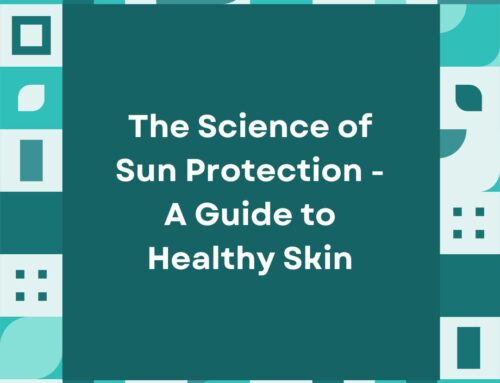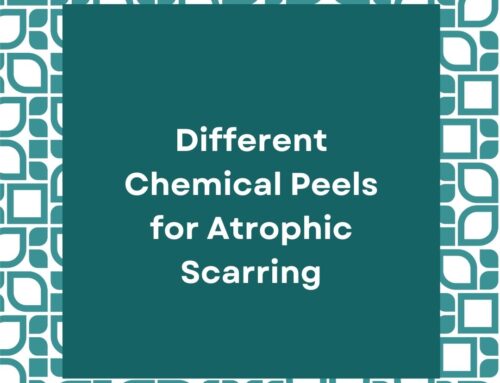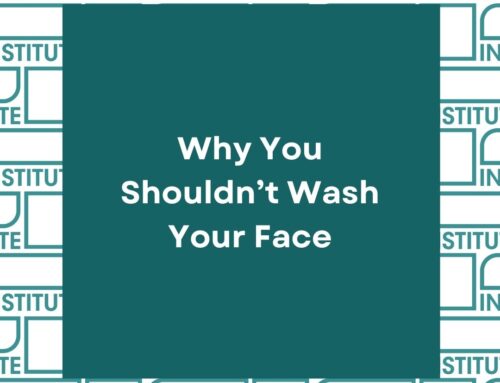What are lasers for Acne Scar Removal?
Laser resurfacing is considered the holy grail for skin rejuvenation. One of the most popular lasers, the CO2 laser, was invented in the 1960s and began gaining popularity for treating skin conditions in the 1980s. Since then, CO2 has remained one of the most commonly used modalities for treating fine lines, wrinkles, and pigmentary disorders.
CO2 lasers, however, are known to be fraught with numerous complications, including scarring and permanent skin discoloration, particularly for people of color. Many physicians have thus steered away from fully ablative CO2 laser to its fractional version to expedite the posttreatment healing response. As the name suggests, the fractional CO2 laser only ablates a portion of the skin at a time, leaving behind a pixelated pattern after every pulse. In the days after the procedure, the ablated skin is rapidly healed by the surrounding untreated epithelial layer. Neocollagenesis is reported to take place over the course of 12 to 18 months, leading to a gradual improvement in skin texture and appearance.
Other safer energy-based alternatives have also been introduced for laser acne scar removal, namely the erbium:YAG laser. Like the CO2 laser, the erbium:YAG laser is an effective skin resurfacing modality that causes subclinical injury to the skin to induce collagen production. Because the erbium:YAG penetrates at a more superficial depth, the extent of dermal injury is less, leading to less pronounced effect relative to that of CO2 laser resurfacing. Fortunately, the chances for skin discoloration are less and patients who seek to get more improvement can always undergo multiple rounds of laser resurfacing.

Are lasers really effective for acne scars?
When it comes to acne scars, lasers can certainly provide the answers you are looking for, but its effectiveness is overgeneralized and, in many cases, simply overhyped. If you were to mark each individual scar on your face, you would find that your scars constitute probably around 20 to 30 percent of your face. Would it make sense to run the laser across the entire surface of your face? Of course not!
Also, lasers should be used to complement your main acne scar treatments, not totally replace them. The dermis on your face is around 1 to 2 mm thick, whereas the depth of laser penetration is only a fraction of 1 mm. While patients with very superficial scarring can get away with lasers only, those with deeper scars often need more aggressive treatments that can penetrate as deep as possible.
What treatments should I get?
There are a variety of treatment modalities available and they can be combined in very unique ways. Those with rolling scars tend to benefit from subcision and filler treatments. Ice pick scars generally work best with focal application of deep chemical peels, such as TCA CROSS and phenol CROSS (we make our own proprietary CROSS formula at the Scar Healing Institute). Boxcar scars fall in between ice pick and rolling scars: subcision and chemical treatments both provide noticeable results.
At the Scar Healing Institute, we perform a thorough examination of your skin under harsh lighting and through high-tech ultrasonography to map out the depth and characteristics of your scars. To know if laser acne scar removal is truly right for you, set up an appointment with us TODAY!
Schedule an Appointment
Scar Healing Institute
Scar Healing Institute is committed to developing the most effective treatments for scarring. Our team of scar revision specialists are continually inventing the latest technologies and formulas to deliver the best results for our patients.




